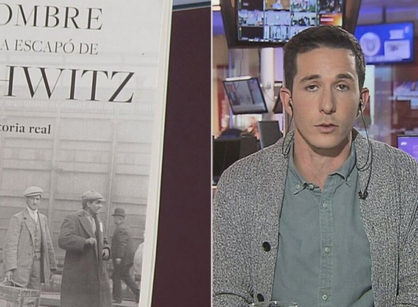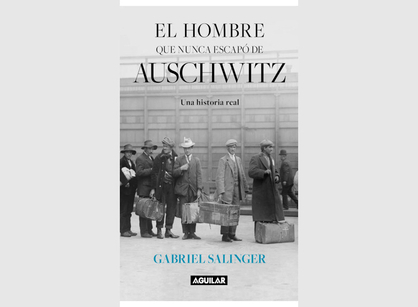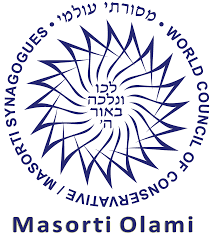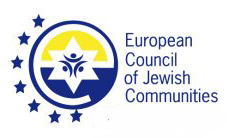THE AMIA BOYS
On the occasion of the 30th anniversary of the terrorist attack on the AMIA, the newspaper LA NACION presents a documentary about the story of a group of almost 800 volunteers - adolescents between 15 and 20 years old - who were part of a heroic rescue team of thousands of books from the rubble.
La Nación, July 18, 2024
On July 18, 1994, the Buenos Aires students were on winter vacation: some in Buenos Aires, others traveling or in a country house or camp. Those who were in the city heard the noise of the explosion, the others found out later - perhaps days later because at that time there were no cell phones, much less WhatsApp. For all of them, the holidays of '94 would remain engraved in their memory as the moment when the largest terrorist attack in our country occurred: the explosion of the AMIA building.
The documentary that accompanies this note tells the story of a group of those boys who were encouraged to do more and decided to act, who entered - from the first day - into the rubble and spent their winter holidays among human remains, the smell of death and danger of collapse. The video also tells the story of Ester and Abraham of the IWO Institute, the Jewish Research Institute that operated on the third and fourth floors of the AMIA building. It was the two of them who had the idea of calling together this group of young people to entrust them with a titanic task: to rescue from the ruins, books and historical documents of the Jewish people, paintings, ritual objects and even a piano that were stored in the IWO. All of these materials had immense value for the Argentine and international Jewish community.
The boys immediately accepted the challenge, even continuing to work on the rescue after the winter holidays ended. With a lot of effort and ingenuity, the young people built handrails, bridges that crossed the void left by the explosion, ramps and improvised stairs to be able to climb the walls that were left standing and, thus, save everything from bags full of books to heavy furniture. As the months went by, more students joined in on buses, leaving their schools, to collaborate. There were, in total, 800 teenagers from Jewish and non-Jewish schools.
The rescue process was long, lasting several months, but the boys never lost enthusiasm. Esther and Abraham told all of them that there were some books and objects that had a very special story. At the end of the Second World War, the organization “Jewish Cultural Reconstruction” was established with the aim of recovering belongings of the Jewish people that had survived the looting and destruction of the Nazis in several countries in Europe: from personal objects – such as birth certificates. , photos and records - to clothing from concentration camps, books and works of art. Most of the recovered materials were taken to the United States and Israel, but some arrived in Buenos Aires and were kept in the IWO archive. After the AMIA attack, all of them were once again buried in rubble and ashes. Thus, these teenagers once again rescued those same books, documents, works of art and objects, which they called: “those saved twice.”
Nobody knows who it was, but at one point someone started calling this group of teenagers “The Second Paper Brigade.” Not everyone knew why they were called that and Ester had to explain it to them. When Germany invaded Lithuania, the Nazi army tried to loot the IWO headquarters that operated in the capital of that country. But a team of workers managed to hide a significant amount of books. That group of Lithuanians became known as “The Paper Brigade” and that was the inspiration to call the young rescuers in 1994 the same way.
With testimonies from the protagonists of the rescue and unpublished archive material, “The boys of AMIA: the second paper brigade” portrays the story of this group of adolescents who, abruptly, had to transition to adulthood amid the horror of terrorism. and the hope of preserving memory.
Watch the documentary: https://www.youtube.com/watch?v=AxpuJgXpUM0















